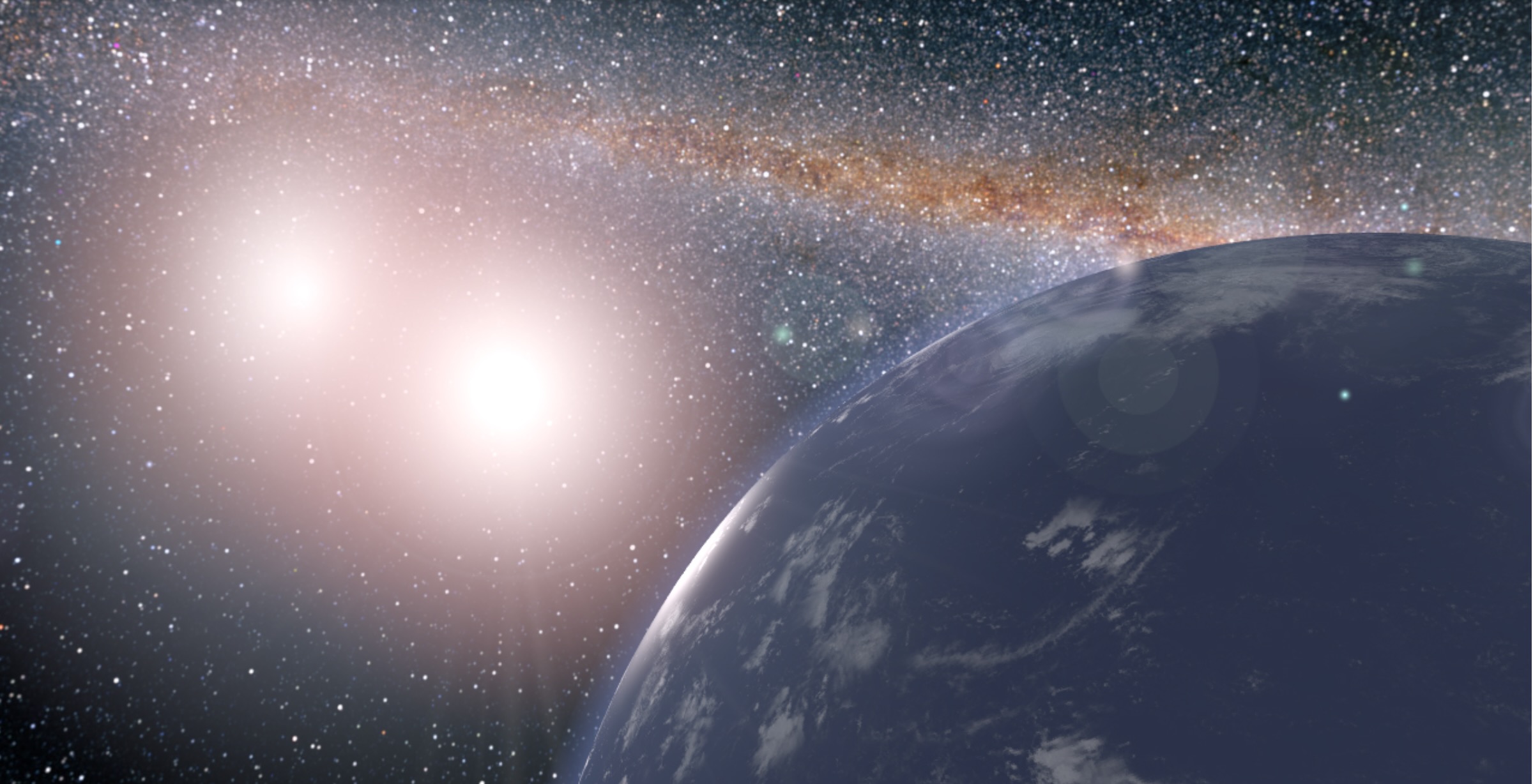
Protecting Water on Exoplanets: Insights from Recent Studies
Introduction:
The search for exoplanets has become a significant area of research in recent years. Scientists have identified a large number of exoplanets, some of which may have similar conditions to our planet, Earth. One of the key factors for determining whether an exoplanet can support life is the presence of water. However, not all exoplanets have water on their surface, and some have water in their subsurface layers. In this article, we will discuss recent studies that explore the water content of exoplanets and how they protect their water from being lost.
Also Read:
- The Epic Quest to Build a Permanent Moon Base and Its Insurance Implications
- The Best Free Video and Photo Editing Apps for 2023
Estimating Water Content of Exoplanets:
A recent study published in News9Live reported that scientists have developed a new tool to estimate the water content of exoplanets. The tool uses a modeling technique that analyzes the planet's mass, radius, and temperature. This technique provides an estimate of the planet's water content, which can help scientists identify potentially habitable exoplanets.
Protecting Water from Unruly Stars:
According to a recent article in ScienceAlert, baby planets may do something sneaky with their water to protect it from unruly stars. Stars emit intense radiation that can strip away a planet's atmosphere and water. However, some baby planets may have a way to protect their water from being lost. Scientists suggest that these planets may have water in their subsurface layers, which shields it from the intense radiation. Additionally, these planets may also have a thick atmosphere that protects their water from being evaporated by the star's heat.
Modeling Subsurface Water on Exoplanets:
Another recent study, published in Space.com, explores the subsurface water on exoplanets. The study used a modeling tool that analyzed the water distribution in the planet's subsurface layers. The modeling technique provides insights into how water is distributed on exoplanets, which can help scientists understand the planet's habitability. The study suggests that some exoplanets may have a subsurface ocean that could support life, even if the planet's surface is inhospitable.
The search for exoplanets has yielded many exciting discoveries in recent years. The discovery of potentially habitable exoplanets has sparked the interest of scientists and the general public alike. However, the presence of water is crucial for determining whether an exoplanet can support life. Recent studies have provided insights into the water content of exoplanets and how they protect their water from being lost. By understanding these processes, scientists can identify potentially habitable exoplanets and further our understanding of the universe.
Read More:
- Exploring the Dynamic Gamma Ray Sky: A Look into NASA'€™s Fermi Telescope
- Scientists Successfully Grow Mini Antlers on Mice
That's it for this article.
Thanks for Visiting Us – fixyanet.com


0 Comments